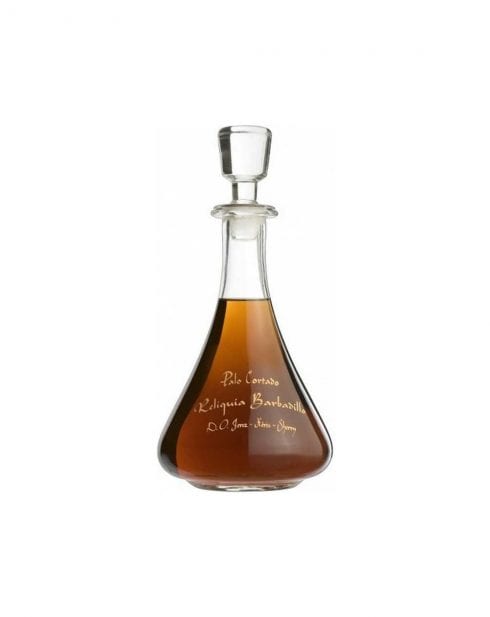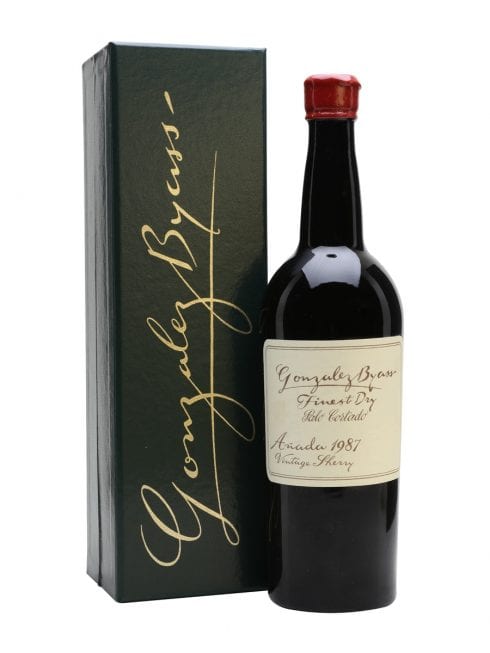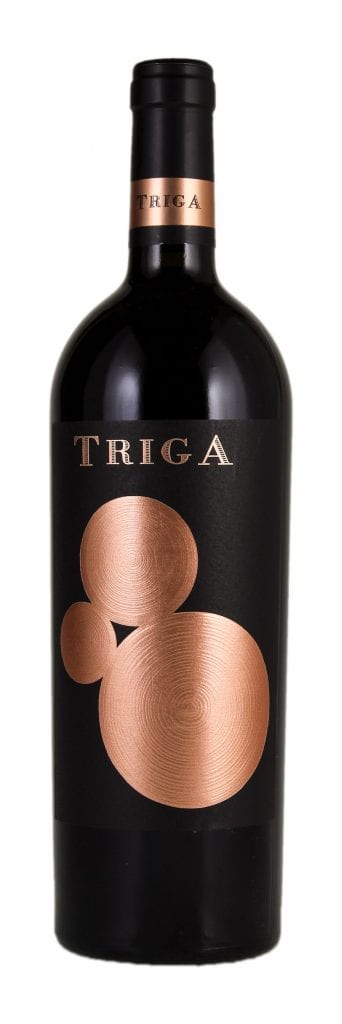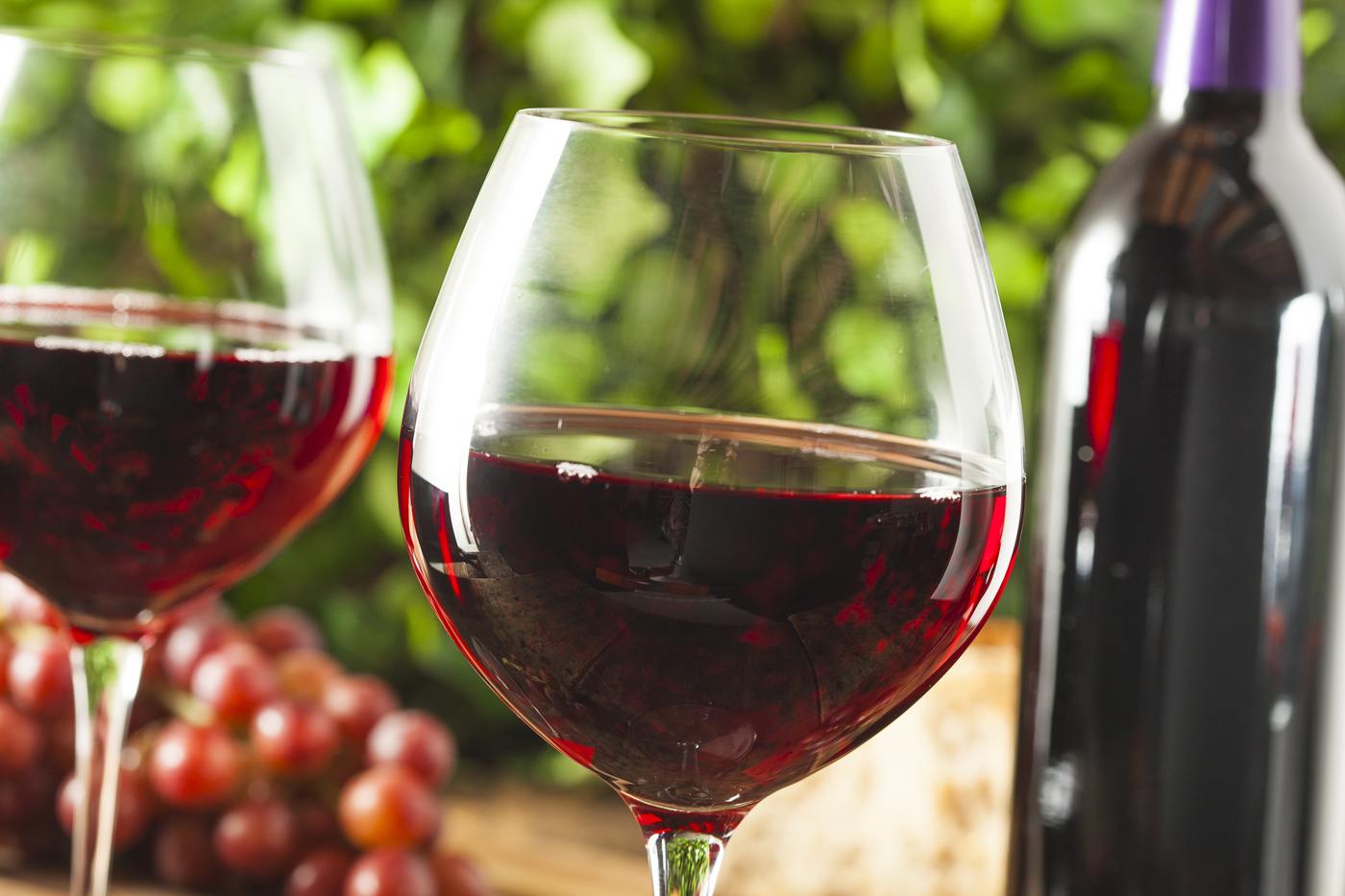
THE love affair between Spain and its wine has been turbulent but enduring.
The land of Cervantes has been making wine since pre Roman times in some regions.
Production slowed to a trickle under non-drinking Muslim rule, but enjoyed a relative renaissance between the Reconquest and the 20th century when two world wars and Franco’s ban on wine exports put the stopper on production once more.
But Spain’s grape expectations rose again and 1986, when it joined the EU, was a turning point.
Today the Spanish wine revolution is well underway and has almost caught up with the country’s booming gastronomy.
Spain is the third biggest producer of wine in the world, behind France and Italy, and the first international exporter.
It’s also still the best value for money as Spanish wine prices remain comparatively low.
The country is home to over 400 grape varieties, although the Famous Five – Tempranillo, Garnacha, Monastrell, Palomino and Airén – are most commonly used. But that’s changing too.

Specialists and amateurs are not only rediscovering traditionally reputed wines but also experimenting new creations.
Check out our connoisseurs guide to the best of the best, based on the celebrated Robert Parker Guide.
Your new-found knowledge will please your palate, impress your friends and never mind the price!
Rioja, Ribera del Duero and Priorat, Toro and Bierzo
The Big Three wine regions at the international forefront of the Spanish wine revolution need no introduction but there’s still much to learn.

Teso la Monja, Toro, Spain
Toro is a region in the northwest of Castilla y León that has recently soared to fame for its powerful, full-bodied red wines made from Tina da Toro (Tempranillo).
Teso la Monja comes from the eponymous, family winery near Valdefinjas, in Zamora.
It holds the record for the most expensive Spanish with an average of €993.

Descendientes de J. Palacios, La Faraona, Bierzo
In the northwest of Castilla y León, the potential of Bierzo as a wine-producing region was discovered relatively recently by the same Alvaro Palacios who helped put Priorat on the map in the 1980’s.
The winemaker established Descendientes de J. Palacios in Bierzo in 1999 and now produces a selection of high-end, single-vineyard wines.
La Faraona is a red wine made from Mencia grape grown on barely more than an acre of land, with the vines yielding just a single barrel of wine each year.
Its average price is €993.

Vega Sicilia Unico Gran Reserva, Ribera del Duero
This wine is traditionally known as Spain’s first great wine and the most sought after.
The renowned winery Vega Sicilia started operating in 1864, however the first Unico cuvée dates back to 1936.
Unico is produced from 80% Tempranillo, and the rest from Bordeaux varietals.
It shot to international fame in the early 1990’s, and since then it has only gained in desirability, in particular because of an increasing scarcity.
The average price is €376.

Dominio de Pingus ‘Pingus’, Ribera del Duero
One of the most expensive Spanish wines, Danish oenologist Peter Sisseck established the Pingus domain in the province of Valladolid in 1995, which remains its best vintage year, followed by 2014.
Although it produces other wines, Dominio de Pingus is its flagship.
Intense yet elegant, with a deep colour and balsamic and floral aromas, this cult wine averages an astronomical €800 a bottle.

Bodegas Contador, Benjamín Romeo ‘Contador’, Rioja
Rioja, in northern Spain, has long been the country’s most famous wine region, along with the ‘sherry triangle’ of Jerez.
It produces mostly red wines, but even its whites are celebrated for their distinguishable oak aromas and flavours.
However, one of the best is atypical of the region: Benjamín Romeo’s ‘Contador’ is a modern wine lacking that signature oak flavour but still obtained a score of 95 in the Parker guide (2018).
Dense and complex with fruity aromas, its limited production and high Parker score explains the average price of €247.

Alvaro Palacios L’Ermita, Priorat
Over the past few decades, Priorat has gained international recognition for its exceptional wine – one of the only top-class wines in the world produced from Garnacha grapes.
Alvaro Palacios was instrumental in this revival when he acquired an old plot of vines in the Catalan region in 1990.
It is now considered the best spot to produce wine in Priorat. L’Ermita, a blend or Cariñena and Garnacha, is the star of Palacios’ winery, receiving a perfect 100 points from the prestigious Parker guide in 2013.
L’Ermita is almost black in colour with a dense but delicate texture with fruity undertones.
Average price €703.
Jerez
Sherry wine and the Andalusian town of Jerez de la Frontera are synonymous and production dates back to the 8th century at least.
First exported in the 12th century, for a long time it was reputed to be the finest wine in Europe and was probably the first wine to be commercially exported to the Americas.
Jerez is made from the white Palomino Fino grape, which makes it drier than wines using Pedro Ximénez and Moscatel de Alejandría grapes.
The vineyards of Jerez and the neighbouring coastal towns of El Puerto de Santa María and Sanlucar de Barrameda are collectively known as the Sherry Triangle.

Barbadillo Reliquia Palo Cortado Jerez
This winery is located in Sanlúcar de Barrameda, a port town celebrated for its Manzanilla, a variety of sherry with a subtle chamomile flavour (manzanilla means chamomile in Spanish).
However, Barbadillo also offers remarkably old and chokingly pricey wines, including an Oloroso, Pedro Ximenez… and Palo Cortado, the first sherry to be awarded 100 by the Parker guide.
Barbadillo’s Palo Cortado is dry with a clear, golden complexion. Average price €1,003.

Gonzalez Byass Anada Palo Cortado
Another top Palo Cortado sherry hails from the Gonzalez Byass bodega in the town of Jerez itself.
With its iconic Tío Pepe brand, Gonzalez Byass’ sherry is famous worldwide.
The Palo Cortado is salty and intense with citrus notes. Average price €164 euros.

Bodegas Hidalgo Manzanilla La Gitana
The star product of the Hidalgo winery, it’s one of the best value Manzanillas on the market today.
It was named after the gypsy woman who ran the bar in Málaga where copious amounts of it were consumed.
Made in Sanlúcar de Barrameda, a town that accounts for 15% of all sherry production today, the winery’s coastal location gives the wine its distinctive saline taste.
La Gitana is dry, fresh and salty, with fruit aromas and a hint of sea breeze. Average price €14.
Malaga
Although Málaga is one of the oldest wine regions in the world (vines were introduced in the region by the Greeks around 600 B.C.), it has been unfairly kept in the shadow of better-known denominations.

Jorge Ordoñez and Co., No.3 Old Vines Moscatel
Jorge Ordoñez founded his winery in 2004, with huge success in short time.
His series of four sweet white wines in particular have found favour with the rich and famous.
No. 2 Victoria Moscatel was served to Elizabeth II at Picton Castle in Wales during its 88th anniversary; former British Prime Minister Tony Blair enjoyed it on his last visit to Spain; and it was also the first Spanish wine to be served at a Nobel Prize function in 2012.
Made from Moscatel de Alejandría grapes which add floral aromas, No. 3 Old Vines offers the best value for money of the series. Average price €85.
Cordoba
Montilla-Moriles – These wines share similar characteristics to sherry, yet they are often overlooked by wine lovers.
The Andalusian region mostly produces sweet, dessert wine from Pedro Ximénez grapes.

Bodegas Toro Albala Don PX Convento Seleccion
This Cordoba winery in Aguilar de la Frontera is famed for its vintage PX wines.
Convento Seleccion is a dense and complex wine with notes of dark chocolate and roasted coffee beans, and less sweet than other PX wines.
The 1946 is its best year and it was the first sweet wine to be awarded 100 points by the Parker guide (1958 was also an exceptionally good year with a score of 97).
Average price €229.
Alicante
Back in its heyday, Alicante was as synonymous with good Spanish wine as Rioja is now.
Popular in Spain and Europe (especially in England) in the 16th and 17th century, it is said that France’s Sun King Louis XIV would only drink Alicante wine on his deathbed, and that it was Queen Elizabeth I’s favourite.
Fondillón, a strong, semi-sweet wine similar to Pedro-Ximénez from Montilla-Moriles was once the most prized Alicante wine.
Forgotten until the 1950s when local producers started producing it again, the region’s wine industry is now experiencing a complete comeback.

Bodegas Volver Triga, Alicante
Bodegas Volver is located inland, between the towns of Salinas and Pinoso.
It was established in 2004 by Rafael Cañizares, fourth generation in a winemaking family, who has largely contributed to the international boom of Spanish wines.
A red wine made with 85% Monastrell and 15% Cabernet Sauvignon, this is an elegant and spicy tipple with the perfect balance of acidity and sugar.
Grapes come from five different vineyards with very low yields and are carefully monitored at all stages and processes, pruning, flowering, fruiting, ripening.
Then the wine is aged for 20 months in French oak barrels.
The result is an opaque, purple colour and aromas of black and blue fruit. Average price €34.

Sierra Salinas 1237, Alicante
Scoring 91 in the Parker guide, this is a rare blend of Monastrell, Cabernet Sauvignon, Alicante Bouschet and Petit Verdot.
It has an intense colour with complex red fruit aromas.
Average price €49.
Mallorca
Wineries are an ancestral activity in Mallorca, estimated as far back as 123 B.C when it became part of the Roman Empire.
Unfortunately, in the 19th century phylloxera infestation devastated the island´s vineyards, which were replaced by other crops such as almond trees for example.
Nowadays, mirroring many regions of inland Spain, and in great part thanks to its thriving tourism, the Mallorcan wine industry is experiencing a boost in interest.
Binissalem, a small town in the hilly plateau area of central Mallorca, is the hotspot of winemaking on the island.
To earn the D.O (Denominación de Orígen) of Mallorca, a wine must be at least 50% from Manto Negro, the local grape speciality.
Many other red and white grape varieties are produced in the island however.

Bodega Biniagual Gran Verán Selección, Binissalem-Mallorca
The priciest Mallorcan wine these days is the Gran Verán Selección, a red wine made from 60% Manto Negro and 40% Syrah and matured 18 months in French oak barrels.
It obtained a score of 89 from the Parker guide and its average price is 45€.
Click here to read more Spain News from The Olive Press.








